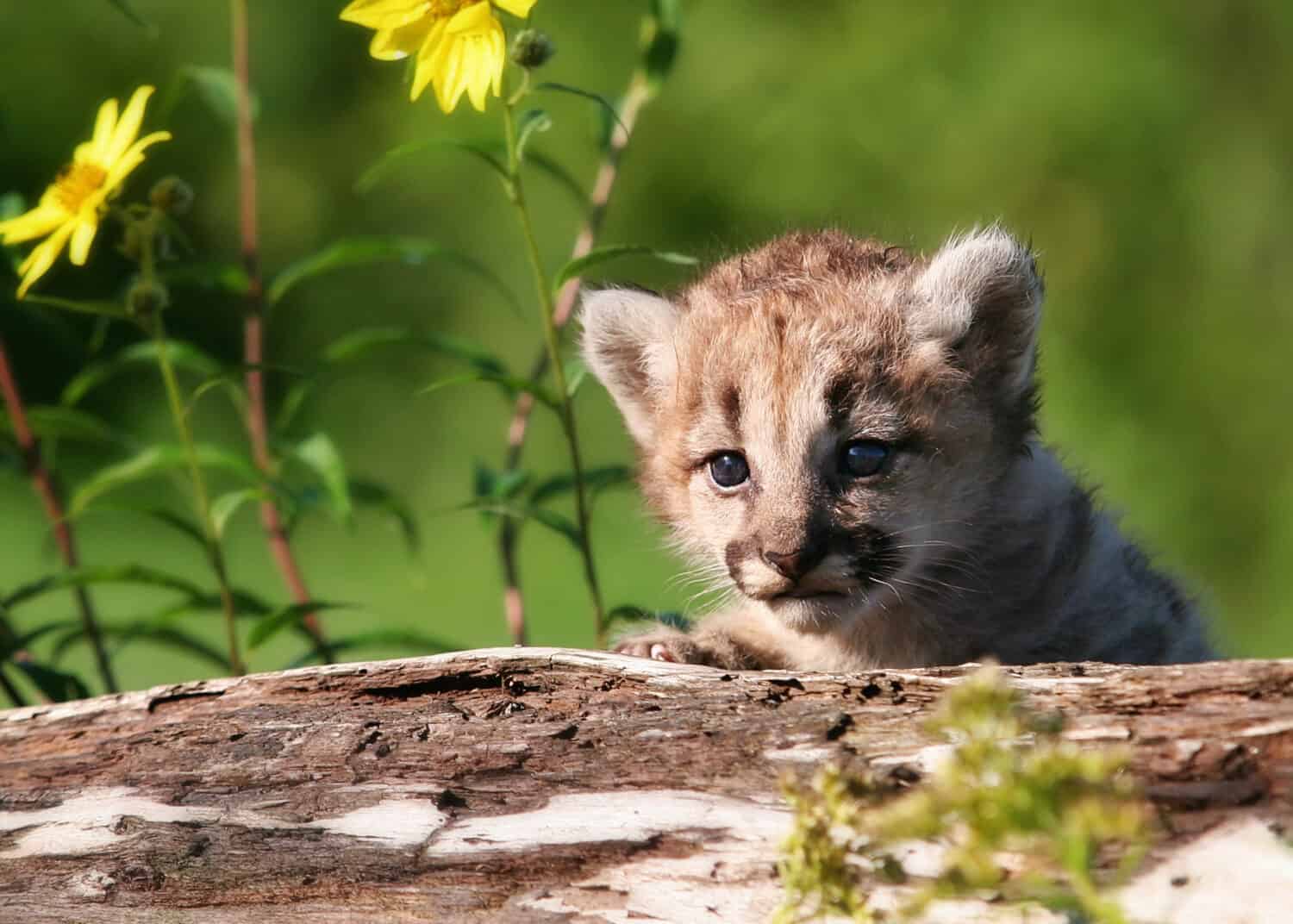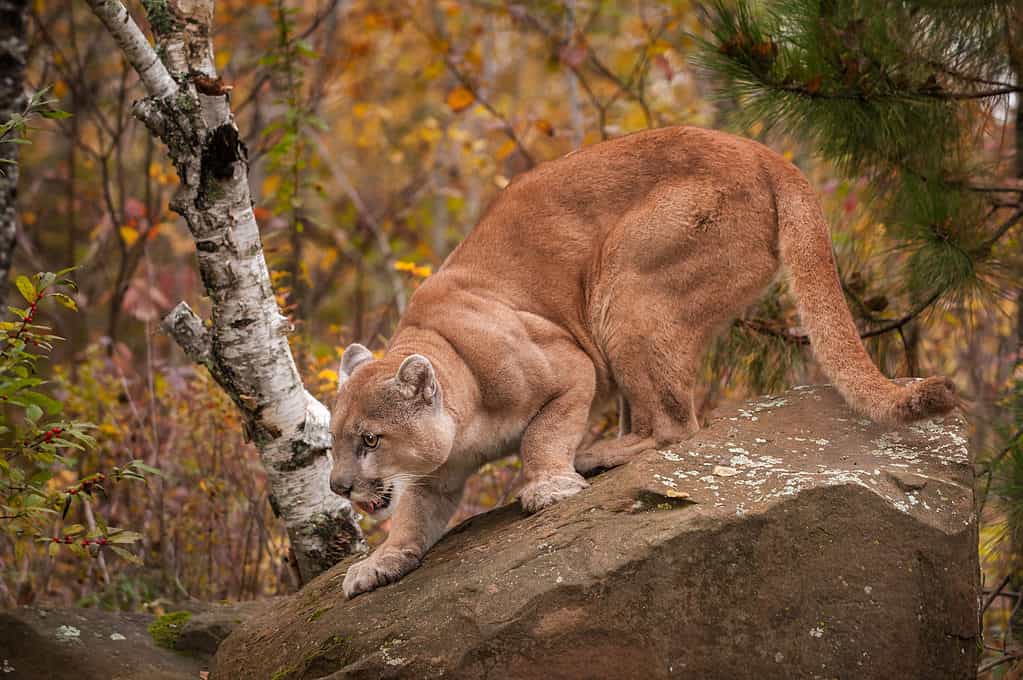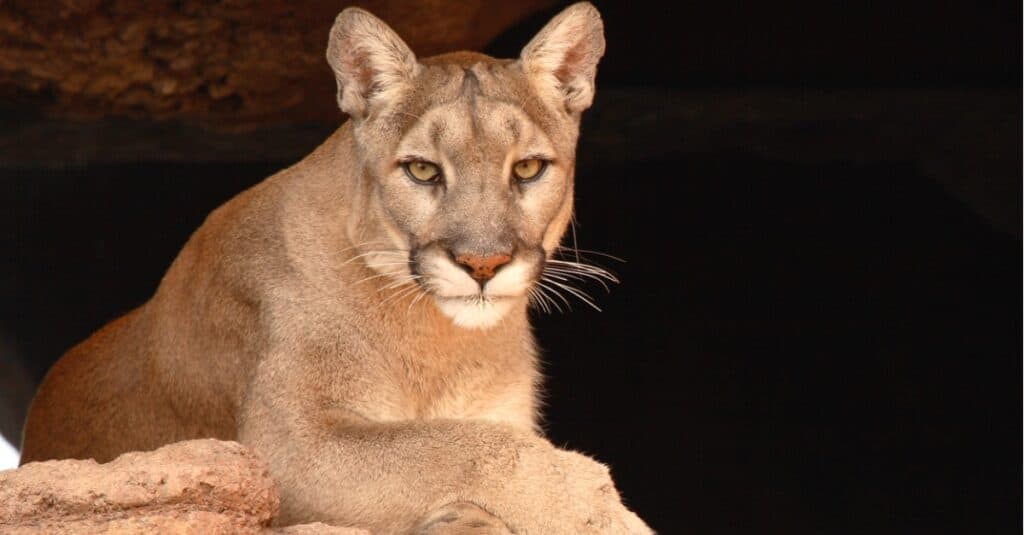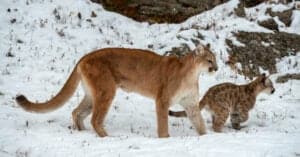Quick Answer:
- Mountain lion screams are a part of mating rituals. The hair-raising scream helps the females attract potential mates.
- Female mountain lions signal their availability to potential male mates by screaming out.
- Male screams are usually associated with territory disputes and keeping rivals away from potential mates.
While hiking in the forest, a piercing scream causes your hair to stand on end, sending shivers down your spine. It is a bone-chilling scream that can only come from a fully-grown mountain lion. A person wailing in agony, a nightmarish ghoul, the call of the wild—there are many ways to describe the distinct scream of a mountain lion. These majestic creatures possess an unmistakable sound, which we’ll be exploring in this article. We even have a video that captures their vocalizations in action. Follow along to experience the scream of a mountain lion and learn about the science behind it.
The Sound of a Mountain Lion
Listen to a mountain lion scream for yourself in the video below.
Why Do Mountain Lions Scream?

Loud screams help mountain lions communicate over vast distances.
©Chris Alcock/Shutterstock.com
Mountain lion screams are a part of mating rituals. The hair-raising scream helps the females attract potential mates. Since mountain lions have large territories and live spread out, it can be challenging for them to determine when a female has gone into heat, so things have to get loud. Female mountain lions signal their availability to potential male mates by screaming out. Once the male mountain lion finds the female, they spend a few days together and mate. Do males scream? Yes, but less often. Male screams are usually associated with territory disputes and keeping rivals away from potential mates.
Reproduction and Mating: Connection Between Scream Vocalizations and Breeding Season

Mountain lion cubs are usually blue-eyed and weigh a little less than a pound.
©critterbiz/Shutterstock.com
When is mountain lion mating season? Breeding can happen any time of the year. Mountain lions don’t have a specific breeding season. After a gestation period of 90-96 days, a litter of one to five young is born. The often blue-eyed cubs weigh just around a pound at birth and have camouflaging black spots, which fade as they mature.
Mountain lion cubs feed on their mother’s milk and gradually transition to solid food after about seven weeks. During this time, the mother brings meat to the cubs for about four to six months. Once they reach this stage, the tiny cubs begin hunting smaller prey like skunks and rabbits. As they grow and mature, they progress to hunting larger animals like deer and elk.
Encountering a Mountain Lion: Safety Tips and Precautions When Hearing Their Scream

If you encounter a mountain lion, stay calm, avoid running, and don’t crouch down.
©Holly Kuchera/Shutterstock.com
You’d think mountain lion screams are common, right? Not really. These calls are mostly associated with mating. The likelihood of hearing a scream is rare unless you’re near a female in heat. If you hear a mountain lion scream, stay calm and immediately retreat to a safe location. Don’t crouch down since this can make you appear vulnerable. And don’t run since this will engage the cat’s predator-prey drive. If you don’t have eyes on the cat, be cautious of your surroundings as you head toward safety.
Hiss vs. Purr
Mountain lions use growls, hisses, and spits when they’re adults to express dissatisfaction. On the flip side, you’ll hear them purr when they’re happy and relaxed. If you ever encounter a hissing mountain lion, beware. When a mountain lion hisses, it’s a warning sign to back off. One of the best ways to avoid a dangerous encounter is by giving these wild cats their space. To stay safe, never approach a mountain lion, no matter how they’re behaving.
Chirping and Whistling
Baby mountain lions sound like little birds calling out to their mom. The chirps and whistles are more prevalent during the earlier months of the kittens’ lives. As young lions grow older and stronger, their diet transitions from their mother’s milk to hunting smaller prey.
Mountain Lion Larynx

Mountain lions have vocal cords similar to smaller cats, this is why they can’t roar.
©iStock.com/gatito33
Why can a tiger roar, but a mountain lion or snow leopard can’t? The answer lies in their vocal cords—specifically, a stretchy tissue in the vocal folds. Roaring cats like lions, tigers, leopards, and jaguars had a large pad of stretchy tissue at the front of their vocal folds. This stretchy tissue is absent in the larynx of non-roaring cats.
The stretchy tissue in the roaring cats made their vocal folds longer and thicker, which gave their sounds a deeper pitch and greater resonance. Their big vocal folds worked well as sound producers, creating strong and powerful sounds. The structure of their vocal folds helped effectively transfer and efficiently radiate sound energy.
On the other hand, non-roaring cats like mountain lions, pumas, cheetahs, clouded leopards, and bobcats had vocal folds similar to smaller cats. These cats couldn’t roar because their vocal folds had a different structure, resulting in less efficient sound transfer.
How Big Can Mountain Lions Get?

Mountain lions can be 8 feet tall and weigh between 130 to 200 pounds or more.
©iStock.com/SandmanXX
The heaviest recorded mountain lion weighed 276 pounds and was captured in British Columbia in 1979. But there only sometimes that hefty. Males usually grow 8 feet long and weigh between 135 and 175 pounds, while females reach a maximum length of 7 feet and weigh around 90 to 105 pounds. The population of mountain lions in the United States is estimated to be between 20,000 and 30,000, however, those numbers could be under or over. Accurate population counts are challenging due to their solitary lifestyle.
Final Thoughts on Mountain Lion Scream
Mountain lions might be unable to roar, but they can produce an unforgettable scream. And it’s because of this scream that their species continues to exist. The distinctive scream of a mountain lion serves as a mating call for females and a territorial warning for males. Females scream to attract potential mates, while males use their screams to deter rivals.
The photo featured at the top of this post is © Kwadrat/Shutterstock.com
Thank you for reading! Have some feedback for us? Contact the AZ Animals editorial team.







